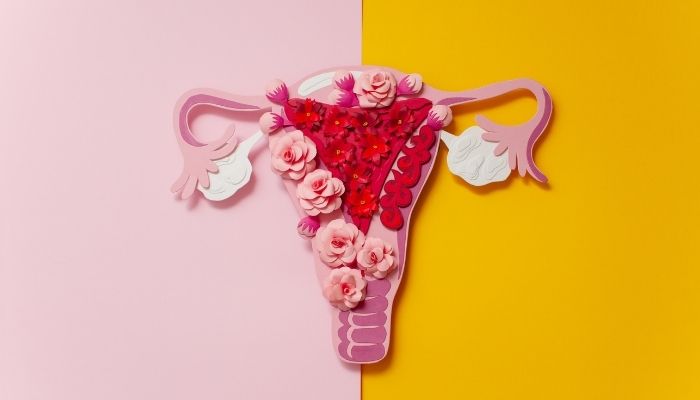Shalini aged 28 years has been married for 3 years. Now, Shalini and her husband have decided it is time for family planning. Despite all efforts, Shalini is not able to conceive and has been experiencing pain during sexual intercourse and heavy menstrual bleeding too. She consulted a gynecologist, who after a thorough examination and an ultrasound test revealed that she is suffering from endometriosis.
1 out of 10 women in their reproductive age tend to suffer from endometriosis pain and they aren’t even aware of it, because they are not aware of signs of endometriosis. If you experience any abnormalities in your menstrual cycle or difficulty in conceiving, you must not delay in getting a check-up to find out whether these are endometriosis symptoms.

So, what is endometriosis? How to detect that your menstrual problems are due to endometriosis? This and much more will be revealed to you in our discussion in this article. We will first help you identify common endometriosis symptoms and then discuss the best endometriosis treatment to get relief.
What is Endometriosis?
Endometriosis is a term that comes from the word “Endometrium”, which is the lining of a female uterus. Endometriosis meaning is when the endometrial lining grows on the bowel, ovaries or the tissue lining on the pelvis. Although the tissue that grows at an unusual place is not cancerous, it can lead to various complications in a woman of reproductive age. It is mainly found in women between 25 to 40 years of age and tends to play havoc on their menstrual cycles and often leading them to infertility and endometriosis pain.Symptoms of Endometriosis
All women might not experience the same endometriosis symptoms. Different women may show different signs of endometriosis. Some of the common endometriosis symptoms are:- Heavy menstrual bleeding
- Prolonged menstrual bleeding exceeding 7 days
- Bleeding between periods or Spotting
- Painful periods
- Pain during sexual intercourse
- Painful cramps before and after the periods
- Urinary and Bowel problems
- Fatigue
- Nausea and Morning Sickness
- Lower back and pelvic pain
- Infertility
Causes of Endometriosis
To date, experts have not found any particular cause for endometriosis. However, some theories suggest that endometriosis takes place when some leftover tissues after the menstruation cycle fall back into the fallopian tubes and reattach for this abnormal growth called endometriosis. Besides, some theories revealed that this condition may take place when endometrial tissue travels and implants through blood. On the other hand, another cause of endometriosis could be direct transplantation after the cesarean section. Some women also tend to experience such a problem due to genetic factors too.- Endometrial cell transport
- Transformation of embryonic cells
- Peritoneal cells undergo transformation.
- Retrograde menstruation.
- Autoimmune diseases
Diagnosis of Endometriosis
To get a proper endometriosis treatment, it is essential to first diagnose it at an early stage. A gynecologist will first conduct a physical examination of the woman’s pelvic region followed by certain tests and examinations like:- Ultrasound
- CT Scan
- MRI Scan
Stages of Endometriosis
There are four main stages of endometriosis depending on the location, size, depth, and many endometrial implants. These four stages of endometriosis are:- Minimal Stage
- Mild Stage
- Moderate Stage
- Severe Stage


